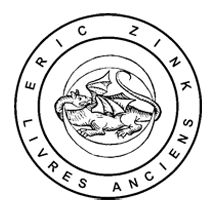

Pharmacy
1300 €
7000 €
Sold
400 €
400 €
200 €
1200 €
450 €
200 €
200 €
60 €
100 €
150 €
100 €
200 €
Sold
300 €
200 €
500 €
800 €
80 €
700 €
400 €
450 €
200 €
450 €
120 €
80 €
Sold
1200 €
European VAT number: FR87515091171
© Eric Zink, Antiquarian Bookseller









![Photo [MANUSCRIT].](https://images.livresanciens.com/livres/203704/images/P7.jpg
)
![Photo [MANUSCRIT] MAHOT, Maurice.](https://images.livresanciens.com/livres/203878/images/P1.jpg
)


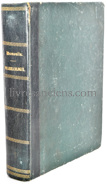


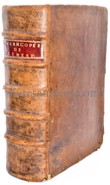


![Photo [PHARMACOPEE].](https://images.livresanciens.com/livres/203773/images/P4.jpg
)


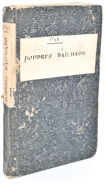




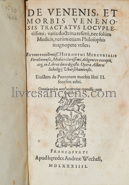






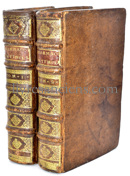

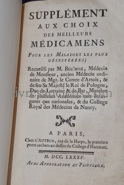

![Photo [WEBER, Georges Adolph].](https://images.livresanciens.com/livres/202493/images/P4.jpg
)